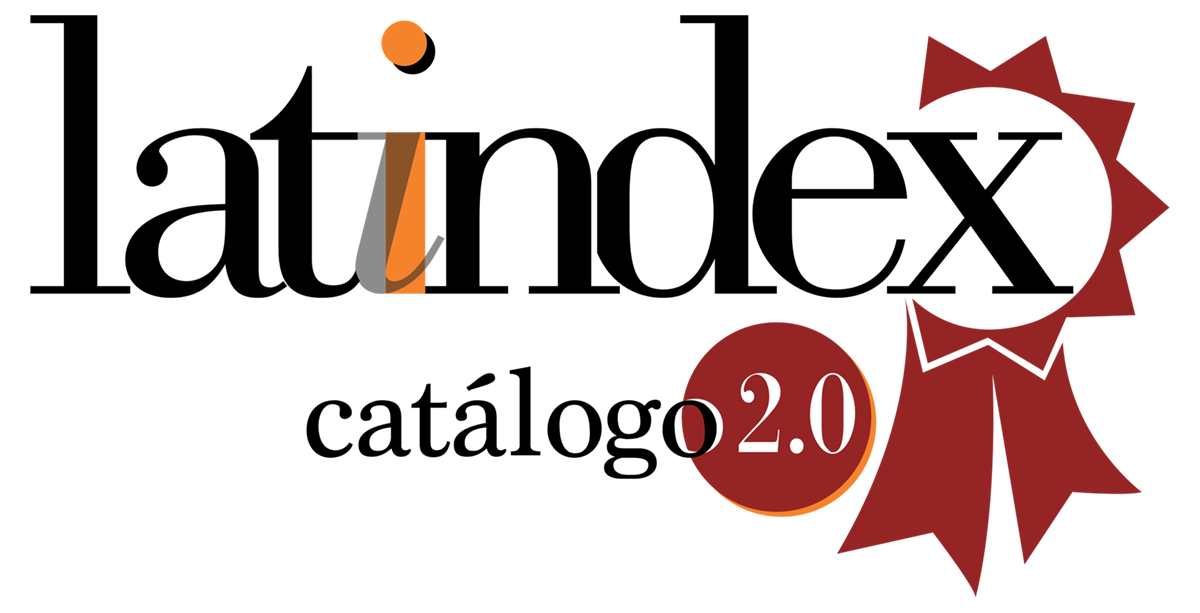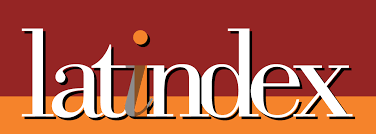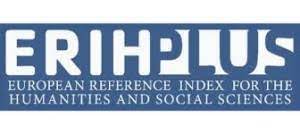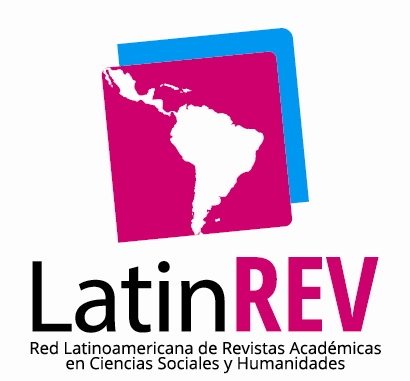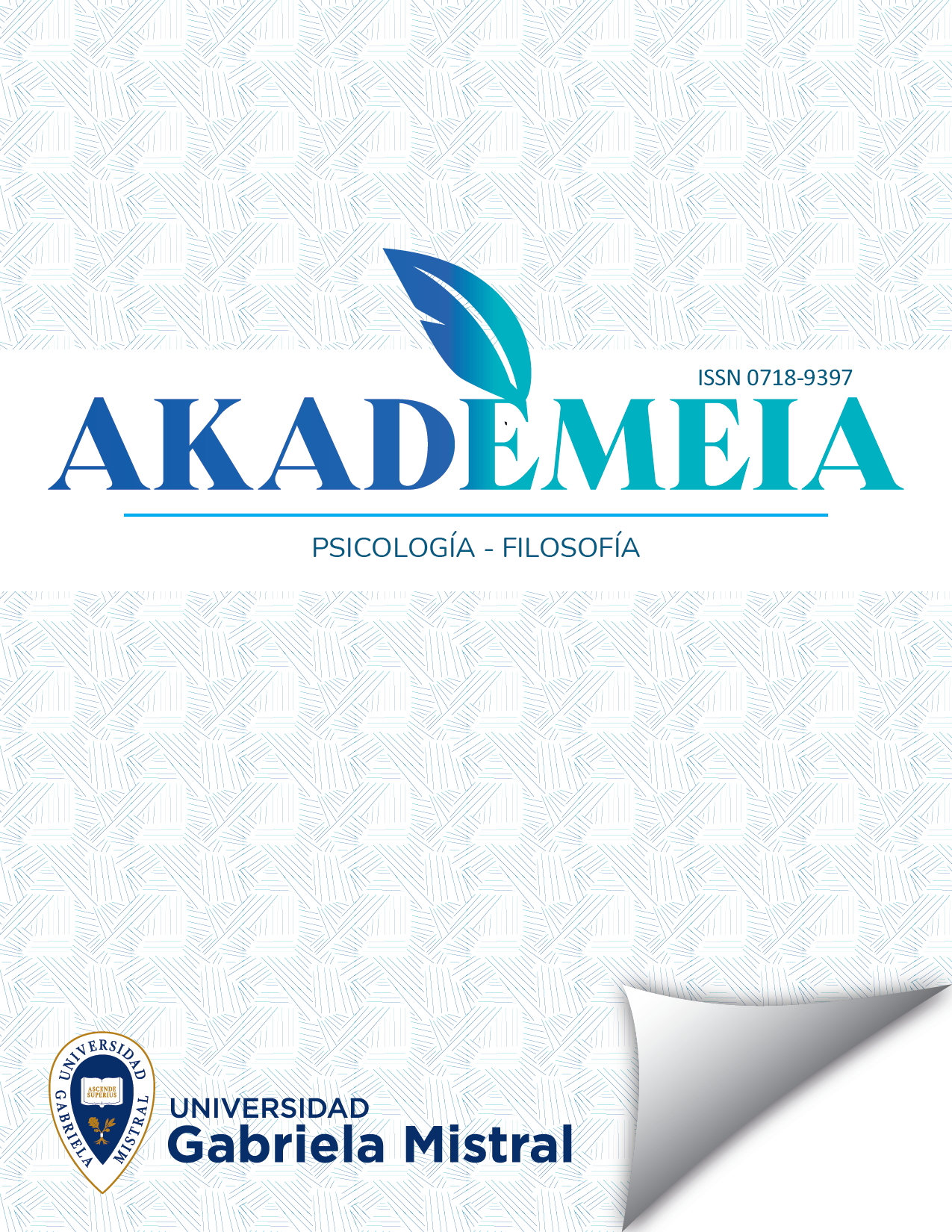The conception of the human person in the current social models of educational inclusion. An analysis from classical and Thomistic philosophy.
DOI:
https://doi.org/10.61144/0718-9397.2022.452Abstract
A renewed understanding of the educational process has emerged in recent decades from the theoretical developments that, since the 1960s, have been taking place from the so-called social models. These ideas have brought about a growing interest in the issue of inclusion, understood as a key component not only of national education systems but also of the educational task itself. This new way of understanding education is built in opposition to the traditional idea of subjective "improvement” and seeks to highlight the mutual enrichment of all educational actors through the acceptance of diversity and, therefore, highlight the impossibility of adaptation to objective “norms”, always dependent, according to these models, on the prevailing culture. On the basis of these developments, it is possible to identify a certain idea of the human person. This work aims to investigate the anthropological presuppositions of these social models of inclusion, contrasting them with the classical and Thomistic notion of the human person.
Key words: Inclusion, social models, inclusive education, person, diversity
References
Bibliografía
• Aristóteles. (1982). Ética Nicomaquea. En Obras (269-647). Trad. Francisco de P. Samaranch. Madrid: Aguilar.
• Forment, E. (1995). La persona humana. En A. Lobato (ed.), El hombre en cuerpo y alma. Tomo I (683-954). Valencia: Edicep.
• Komar, E. (1996). Ordo et mysterium. Reflexiones sobre la primacía de la contemplación y sus presupuestos. En Orden y misterio (19-26). Buenos Aires: Fraternitas/Emecé.
• Matus, C., & Rojas, C. (2015). Normalidad y diferencia en nuestras escuelas: a propósito de la ley de inclusión escolar. Revista Docencia, 56, 47-56.
• Muszalski, H. (2020). La aprehensión collativa de la estimativa natural en Tomás de Aquino. Espíritu, 69, 160, 291-310.
• Skliar, C. (2005). Poner en tela de juicio la normalidad, no la anormalidad. Políticas y falta de políticas en relación con las diferencias en educación. Revista Educación y Pedagogía, 17, 41, 11-22.
• Tomás de Aquino. (2001). Suma de Teología. Tomo I. Madrid: Biblioteca de Autores Cristianos.
• Tomás de Aquino. (1858). Opera omnia: Commentum in quartum librum Sententiarum magistri Petri Lombardi, t. 7/2, dd. 23-50, 872-1259. Parma: Typis Petri Fiaccadori.
• Velarde Lizama, V. (2012). Los modelos de discapacidad: un recorrido histórico. Revista Empresa y Humanismo, 15, 1, 115-136.
• Verdugo Alonso, M. (2003). La concepción de la discapacidad en los modelos sociales. En M. A. Verdugo & F. B. Jordán de Urríes (coords.), Investigación, innovación y cambio. V Jornadas Científicas de Investigación sobre Personas con Discapacidad (235-247). Salamanca: Amarú. Aquí utilizamos la versión digital disponible en https://www.researchgate.net/publication/239926859_LA_CONCEPCION_DE_DISCAPACIDAD_EN_LOS_MODELOS_SOCIALES [fecha de consulta: 12/5/2022]
How to Cite
License
Copyright (c) 2022 Hernán Muszalski

This work is licensed under a Creative Commons Attribution-NonCommercial-NoDerivatives 4.0 International License.
Los autores/as conservarán sus derechos de autor y garantizarán a la revista el derecho de primera publicación de su obra, el cual estará simultáneamente sujeto a la Licencia de reconocimiento de Creative Commons (CC BY-NC-ND) 4.0 que permite a terceros compartir la obra siempre que se indique su autor y se comparta el documento, en formato pdf y con la paginación del número original, a través del que este ha sido publicado por la revista. Siguiendo las definiciones establecidas por la licencia (ver: https://creativecommons.org/licenses/by-nc-nd/4.0/deed.es) los números de la revistas seguirán los siguientes términos:
-
Atribución — Usted debe dar crédito de manera adecuada, brindar un enlace a la licencia, e indicar si se han realizado cambios. Puede hacerlo en cualquier forma razonable, pero no de forma tal que sugiera que usted o su uso tienen el apoyo de la licenciante.
-
No Comercial — Usted no puede hacer uso del material con propósitos comerciales.
-
Sin Derivadas — Si remezcla, transforma o crea a partir del material, no podrá distribuir el material modificado.
- No hay restricciones adicionales — No puede aplicar términos legales ni medidas tecnológicas que restrinjan legalmente a otras a hacer cualquier uso permitido por la licencia.



